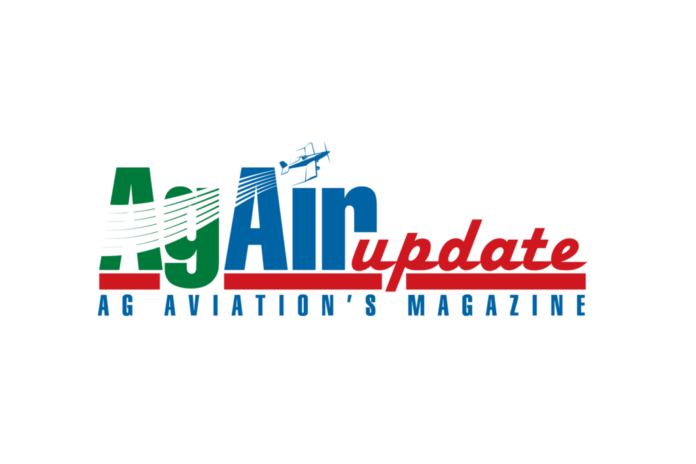WASHINGTON (Oct. 18, 2023) — Today, the U.S. Environmental Protection Agency (EPA) announced its final determination that emissions of lead from aircraft that operate on leaded fuel cause or contribute to air pollution which may reasonably be anticipated to endanger public health and welfare under the Clean Air Act.
“The science is clear: exposure to lead can cause irreversible and life-long health effects in children,” said EPA Administrator Michael S. Regan. “Aircraft that use leaded fuel are the dominant source of lead emissions in our air. With today’s action, the Biden-Harris Administration can move forward in the process to propose new standards to protect all communities from the serious threat of lead pollution from aircraft.”
“I commend EPA for prioritizing public health and safety with the finalization of this endangerment determination,” said House Science, Space, and Technology Committee Ranking Member Zoe Lofgren (D-CA). “EPA’s conclusion confirms what constituents in my district and Americans across the country know all too well — emissions from leaded aviation fuel contribute to dangerous lead air pollution. Communities near general aviation airports — like Reid-Hillview Airport in my district — experience disproportionate exposure to lead from leaded aviation fuel emissions. EPA’s determination must now set forth swift action from the Congress and industry to stop the use of leaded aviation fuel. While today’s announcement is a step forward, we cannot be complacent. We must finish the job and protect our nation’s children from all sources of lead.”
“Communities where general aviation airports are located –– including in East San Jose –– have suffered from lead exposure and pollution for years,” said Rep. Ro Khanna (D-CA). “Children living near the Reid-Hillview Airport, which has a flight path over my district, have been found to have lead in their blood. This is a public health and environmental crisis. I held a hearing in the House Oversight Committee last year about the urgent need for action. I’m glad to see the EPA release its findings today that confirm the harmful impact of leaded aviation fuel on public health and welfare. I also thank Congresswoman Zoe Lofgren for her decades of strong leadership on this issue.”
Aircraft that operate on leaded aviation gasoline are typically small piston-engine aircraft that carry 2-10 passengers. These aircraft are approximately 45 to 47 years old, on average, depending on the type of aircraft. Jet aircraft used for commercial transport, on the other hand, do not operate on leaded fuel. Levels of airborne lead in the United States have declined 99% since 1980, but emissions from aircraft that operate on leaded fuel may still pose risks to nearby communities, including those with environmental justice concerns.
This final determination advances EPA’s Lead Strategy to Reduce Lead Exposures and Disparities in U.S. Communities. With this finding, EPA is now obligated under the Clean Air Act to propose and promulgate regulatory standards for lead emissions from certain aircraft engines. Under its own statutes, the Federal Aviation Administration (FAA) must develop standards that address the composition, chemical, or physical properties of an aircraft fuel or fuel additive to control or eliminate aircraft lead emissions.
EPA and FAA have already begun work to consider regulatory options to address lead emissions from aircraft engines and will announce timelines as soon as possible. EPA and FAA will work in partnership and engage all interested stakeholders and the general public as the two agencies develop their separate regulatory actions.
Lead emissions from aircraft are an important and urgent public health issue. Protecting children’s health and reducing lead exposure are two of EPA’s top priorities. Lead exposure can have harmful effects on cognitive function, including reduced IQ, decreased academic performance, as well as increased risk for additional health concerns. There is no evidence of a threshold below which there are no harmful effects on cognition from lead exposure.
Additionally, the U.S. government takes seriously the objective of maintaining a high level of aviation safety. EPA and FAA also understand that piston-engine aircraft play a significant role in transportation in the United States.
Separate from EPA’s endangerment finding, in support of the objective to remove lead from aviation gasoline, in early 2022, the FAA and industry announced the program “Eliminate Aviation Gasoline Lead Emissions” (EAGLE). This program aims to achieve a lead-free aviation system no later than 2030. The FAA has approved the use of a 100 Octane unleaded fuel (G100UL) that can be widely used by piston-engine fleet, that is not yet commercially available. The FAA has also approved for use a lower octane fuel (UL 94), currently available at approximately 35 airports in the U.S., and the FAA is working to expand and streamline the process for eligible aircraft to use this fuel.
This final endangerment finding does not ban or impose restrictions on the use, sale, distribution, dispensing, and general availability of leaded fuel, nor does it establish any new control measures regarding aircraft lead emissions. EPA announced its proposed determination on October 7, 2022, which then underwent public notice and comment.
Additional information regarding EPA’s final finding can be obtained here: Regulations for Lead Emissions from Aircraft.





